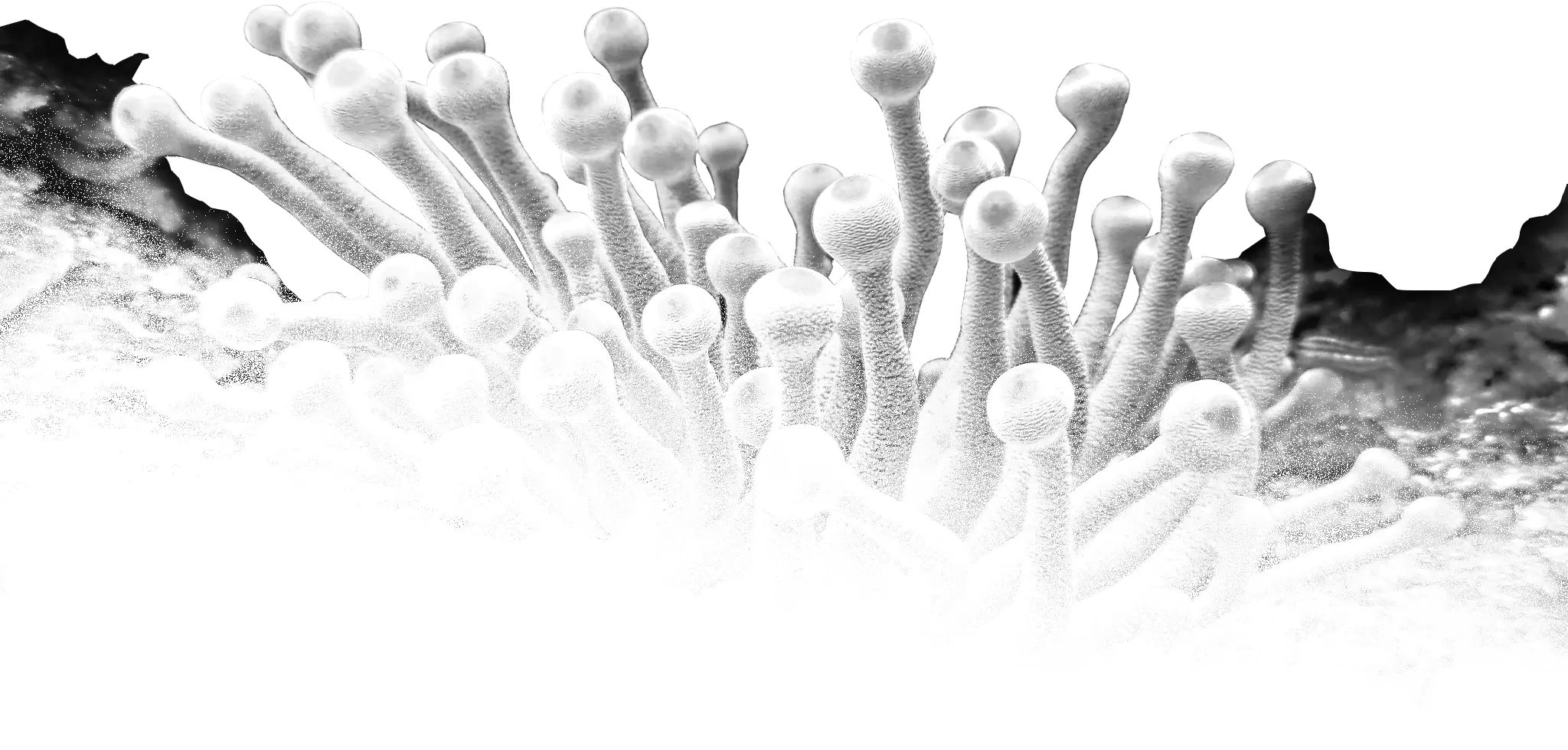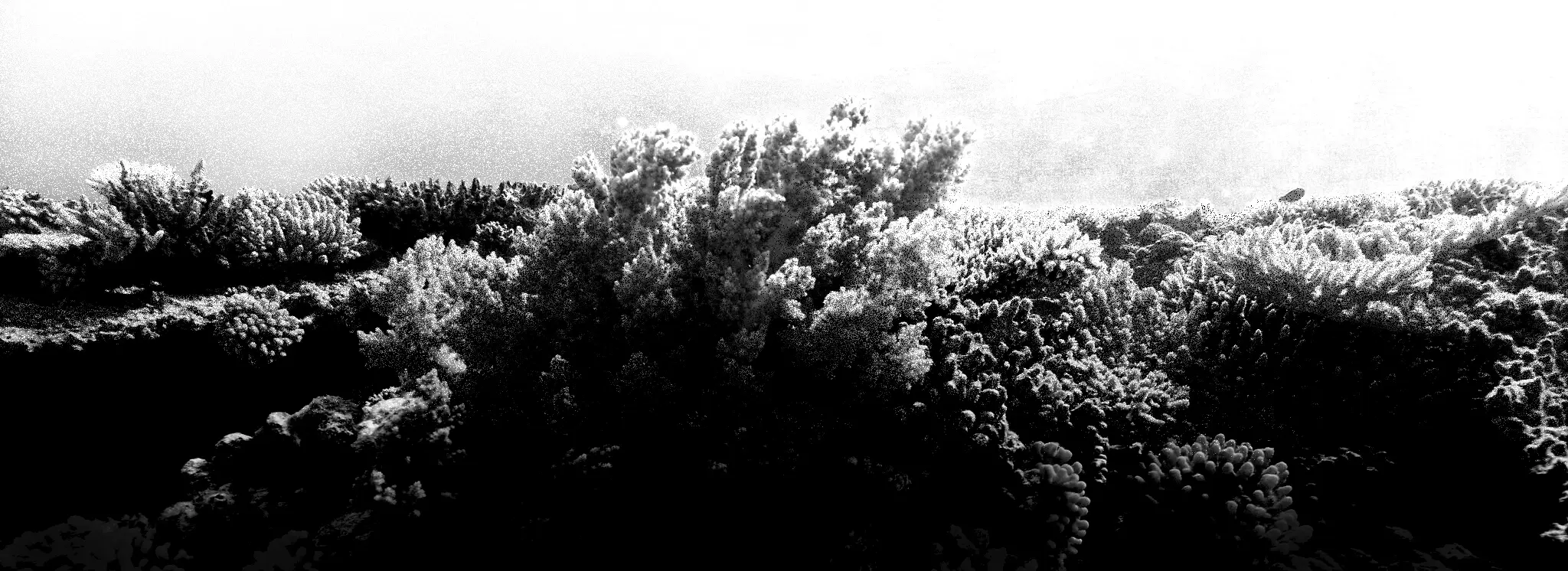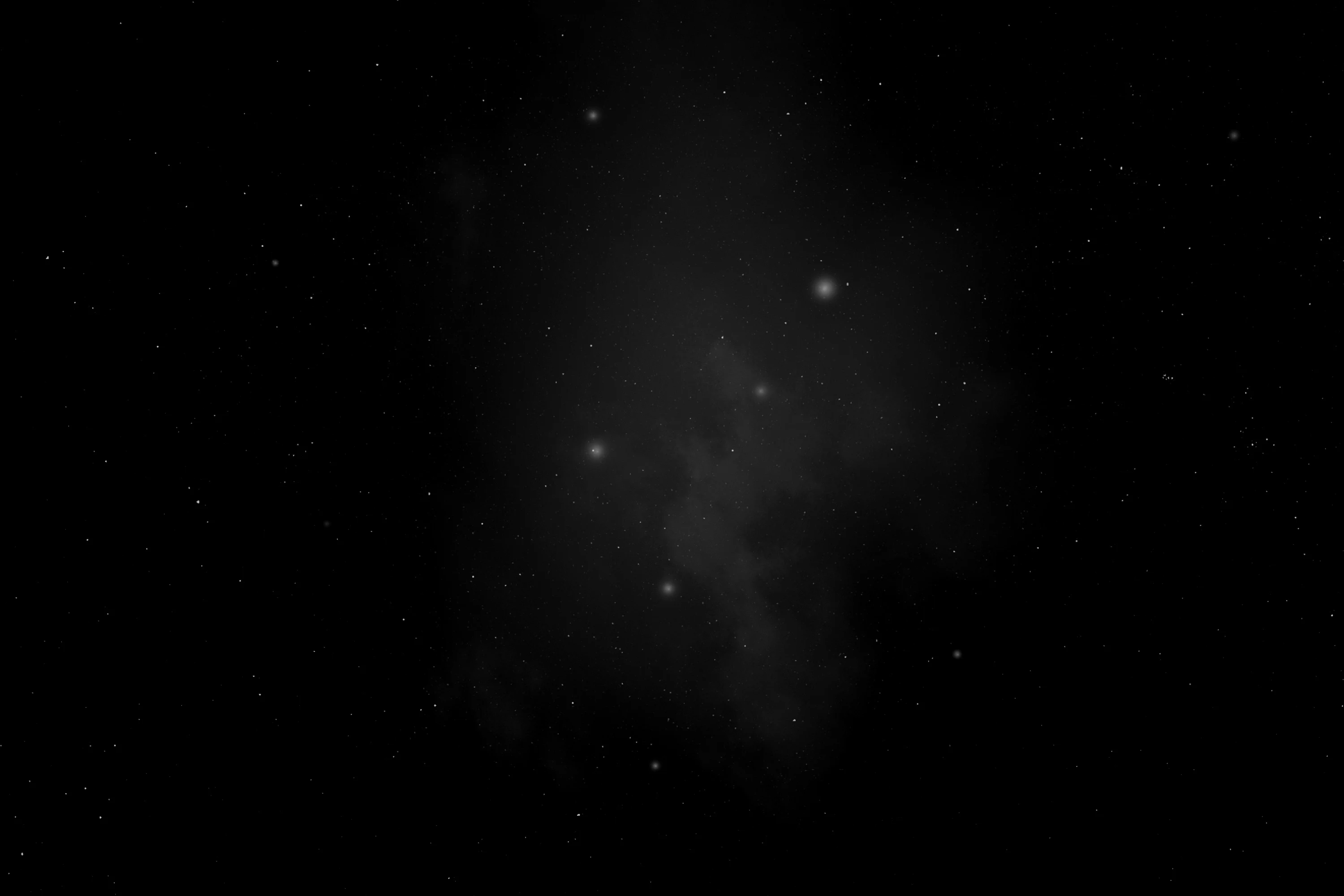
(Xenacoelomorpha)
Xenacoelomorphs
Ксенакоеломорфи
Xenacoelomorpha is a small phylum of bilaterian invertebrate animals, consisting of two sister groups: xenoturbellids and acoelomorphs. This new phylum was named in February 2011 and suggested based on morphological synapomorphies (physical appearances shared by the animals in the clade), which was then confirmed by phylogenomic analyses of molecular data (similarities in the DNA of the animals within the clade).
The phylum consists of small, flat and worm-like creatures found in marine and sometimes brackish water environments, on the sediments. There are species that are variously free-living, parasitic, and symbiotic. They can be found at depths of almost 4 km and near hydrothermal vents.
The phylum is hermaphroditic (all individuals have both male and female sex organs) and reproduces sexually with direct development, meaning they skip a potentially vulnerable larval stage. Xenoturbella have external fertilization, and Acoelomorpha has internal fertilization. All xenacoelomorphs are bilateral, meaning they have a central front-to-back body axis with mirror image right and left sides. They are triploblasts (meaning they have the three germ layers: ectoderm, endoderm, and mesoderm). Their body plan is acoelomate – they lack a coelom – do not have a true body cavity. Also an excretory system is absent, yet all genes related to the excretory system are present except for Osr, which is essential for the development for such a system. In acoelomorphs, which has gone through rapid evolutionary rates and chromosomic rearrangements, about 60% of the genes shared between protostomes and deuterostomes are missing. How many of these genes which are present or absent in Xenoturbella will require a whole genome sequencing.
While other animals that are diploblastic (only have two germ layers: ectoderm and endoderm) also lack a coelom, those technically do not have an acoelomate body plan because they lack the mesoderm germ layer. In acoels, the mouth opens directly into a large endodermal syncytium, while in nemertodermatids and xenoturbellids there is a sack-like gut lined by unciliated cells.
A defining feature is a digestive system lacking nerve cells. Because an enteric nervous system, also called the stomatogastric nervous system, is also found in many cnidarians, its absence is most likely a derived trait.
Their nervous systems are basiepidermal – located right under the epidermis – and they have no brain. The xenoturbellids’ nervous system consists of a simple nerve net, with no special concentration of neurons. In acoelomorphs the nervous system is arranged in a series of longitudinal bundles, united in the anterior region by a ring comissure of variable complexity.
The sensory organs include a statocyst (for balance). Some groups have two unicellular ocelli (simple eyes).
The epidermis of all species within the phylum is ciliated. The cilia are composed of a set of nine pairs of peripheral microtubules and one or two central microtubules (patterns 9+1 and 9+2, respectively). The pairs 4–7 terminate before the tip, creating a structure called a “shelf”.
Source: Wikipedia

